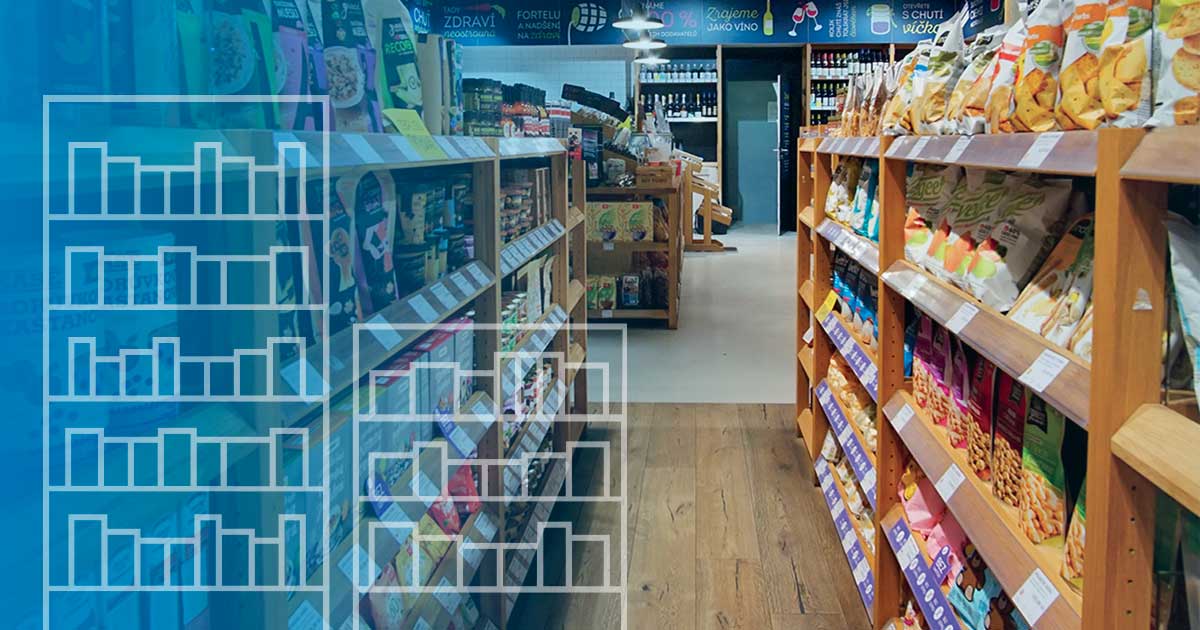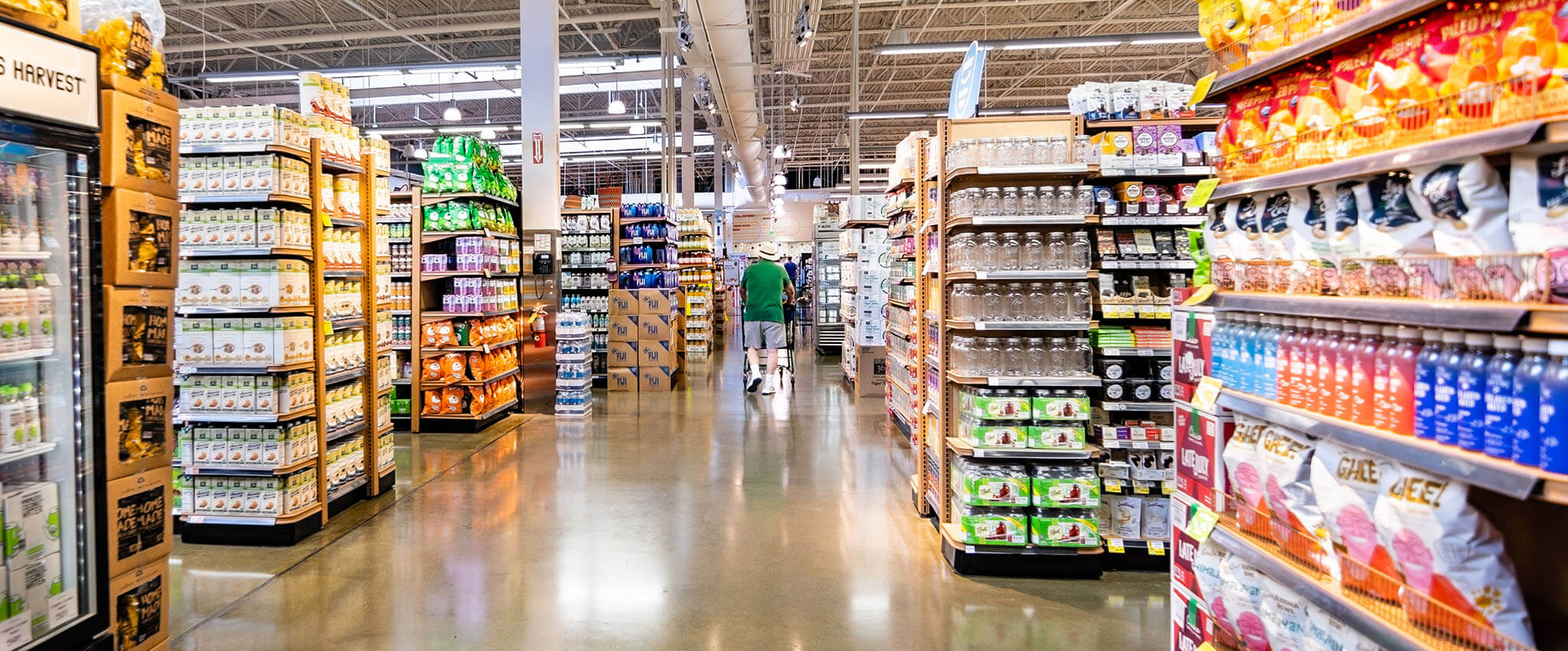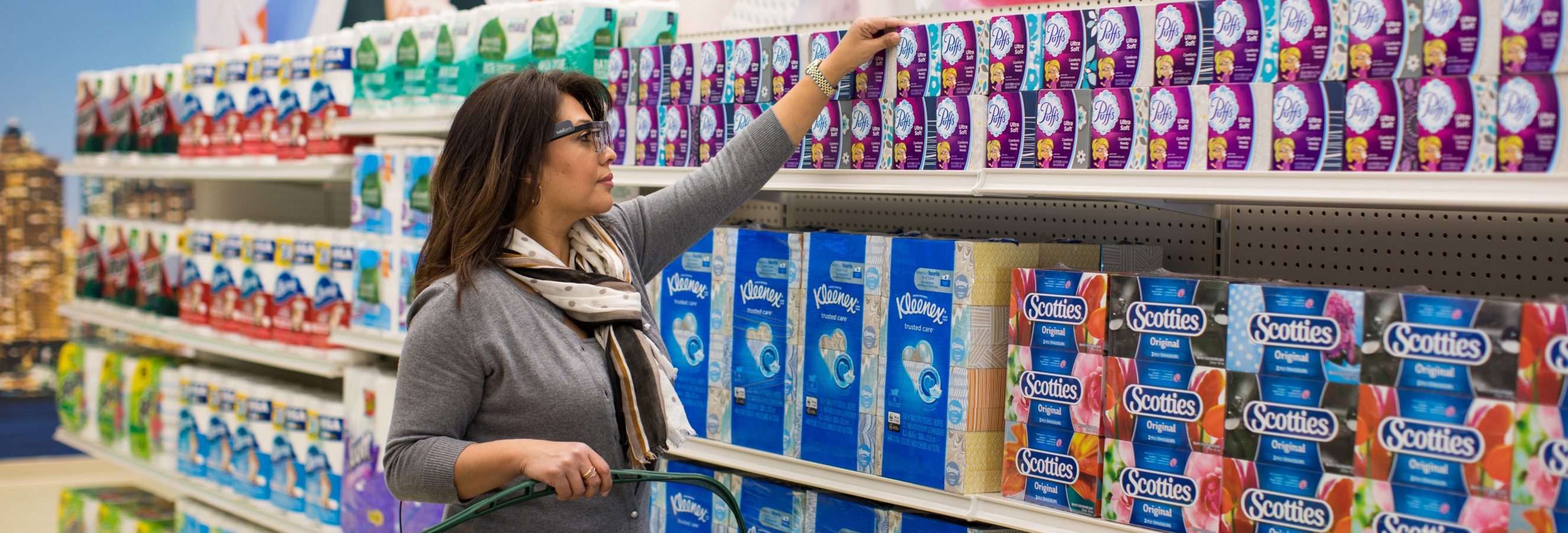

The expertise of the category and space managers is easy to follow through and can be flawlessly applied at each local store to maximize its sales potential.
PLANOGRAM FOR RETAIL STORE UPDATE
No e-mail or file update will ever again fall through, as well as inexperienced in-store teams won’t need to take initiatives and decipher illegible diagrams according to their limited knowledge. When the latest version of a retail store’s planogram is uploaded to the cloud, it is certain that everyone involved will be working under the exact same guidelines. And by avoiding the use of paper, the company can both save money and demonstrate its environmental sensitivity.Įveryone’s on the same page, with no room for error No matter if the printer is out of cartridge, the only printed copy had coffee spilled on, or it is locked in the store manager’s office.

Having the planogram stored in a digital format it means that it is available 24/7 for reference. Called either automated or digital planograms, these modern-day planograms are usually run through cloud-based platforms and yield numerous tangible and intangible benefits.Īlways available and environmentally friendly However, the recent technological developments have given new capabilities and an important digital dimension to the retail workflow.

Planograms were printed locally on paper and from there all sorts of deficiencies have been arising. This was – and unfortunately, still is for a substantial part of the retail sector – the standard way of work. Planograms have been used by retail companies for almost half a century now and their goal has always been to optimize the demonstration and marketing of product lines, in order to increase in-store sales.įor decades, the merchandising management teams have been designing showcasing strategies, which were then forwarded to the physical stores for implementation.


 0 kommentar(er)
0 kommentar(er)
